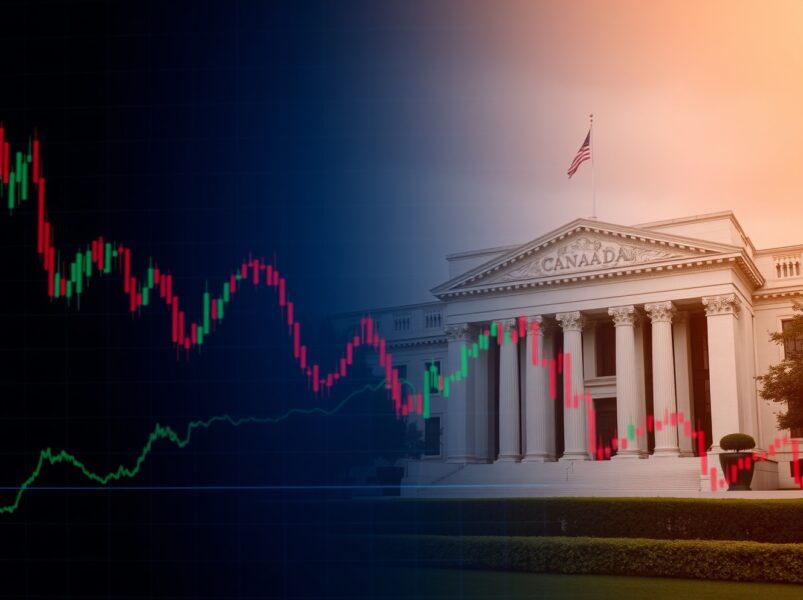U.S. platform Kalshi, a regulated venue for event contracts, has reportedly closed a massive financing deal that reshapes the prediction markets landscape.
How does Kalshi’s new funding round change the market?
According to a TechCrunch report, Kalshi, a U.S.-based prediction market supervised by the Commodities Futures Trading Commission (CFTC), has raised $1 billion at an $11 billion valuation. However, the company has not yet publicly confirmed the latest Kalshi funding round or disclosed official terms.
The deal more than doubles Kalshi’s previous valuation of $5 billion from October, when it raised $300 million. That earlier round was backed by major investors including Sequoia Capital, Andreessen Horowitz, Paradigm, CapitalG, and Coinbase Ventures.
Moreover, Sequoia Capital and CapitalG are reportedly returning to lead the current round, signaling sustained conviction from top-tier venture firms.
Before these latest developments, the company had already secured $185 million at a $2 billion valuation in June, according to prior reports. If confirmed, the new financing would lift Kalshi’s total capital raised in less than six months to nearly $1.5 billion, underscoring the intense investor appetite for this segment of financial innovation.
What is Kalshi and how do its prediction markets work?
Kalshi operates a CFTC-regulated venue that allows users to trade contracts tied to the outcomes of real-world events, effectively turning questions about the future into tradable assets.
Its platform reportedly serves participants from more than 140 countries, although it is structured as a U.S. prediction market under the CFTC regime. That said, regulatory oversight remains a key differentiator in a sector often associated with informal betting sites.
On Kalshi, users can place positions on topics ranging from sporting events and political elections to film ratings on Rotten Tomatoes and awards such as Time Magazine’s Person of the Year.
This broad catalogue aims to capture global interest while preserving a structured derivatives-style framework.
Moreover, the project positions itself as part of a wider trend in prediction markets CFTC regulation, where compliance and licensing are increasingly central to growth.
How strong is Kalshi’s annual transaction volume growth?
The company reported that its annualized transaction volume hit $50 billion in October. A year earlier, the same figure stood at just $300 million. This jump represents more than a hundredfold annual transaction volume growth in roughly twelve months. However, the latest numbers are based on the company’s own disclosures and have not been independently verified.
Such a rapid increase in trading activity helped support the aggressive valuation step-up from $2 billion in June to $11 billion in the most recent deal. Investors appear to be pricing in further expansion of prediction markets Kalshi and similar platforms, as more users treat event-driven contracts as both speculative tools and information aggregation mechanisms.
Who are Kalshi’s main prediction market competitors?
The broader sector of event-driven trading platforms has been drawing heightened attention from venture funds and retail traders alike. Kalshi is now often compared with Polymarket, a prominent prediction venue last valued at $8 billion. This Polymarket competitor comparison highlights how fast valuations have escalated for leading players. However, each platform operates under different regulatory frameworks and geographical focuses.
New projects are also emerging. Clearing Co., for example, recently raised a $15 million seed round to compete in the same space, positioning itself as a clearing co new entrant in prediction infrastructure. Moreover, several smaller ventures are experimenting with on-chain mechanisms and token-based governance. A detailed overview of the sector can be found through resources such as the CFTC and industry analyses on TechCrunch and CoinDesk, which frequently track prediction market competitors and their regulatory status.
What does this mean for Kalshi prediction markets and the sector’s future?
The recent financing wave consolidates Kalshi’s position among the leading event-trading venues, even as rival platforms like Polymarket and newer actors push innovation in different directions. That said, long-term performance will depend on how these companies manage regulatory scrutiny, expand product offerings, and sustain user engagement.
In summary, Kalshi’s surge in valuation, rapid user growth, and aggressive fundraising within 2024 highlight the accelerating institutional interest in event-based trading platforms. If current trends in prediction markets Kalshi and its peers continue, the sector could evolve from a niche experiment into a mainstream component of global financial markets.
Source: https://en.cryptonomist.ch/2025/11/21/kalshi-prediction-markets-11b-valuation/


